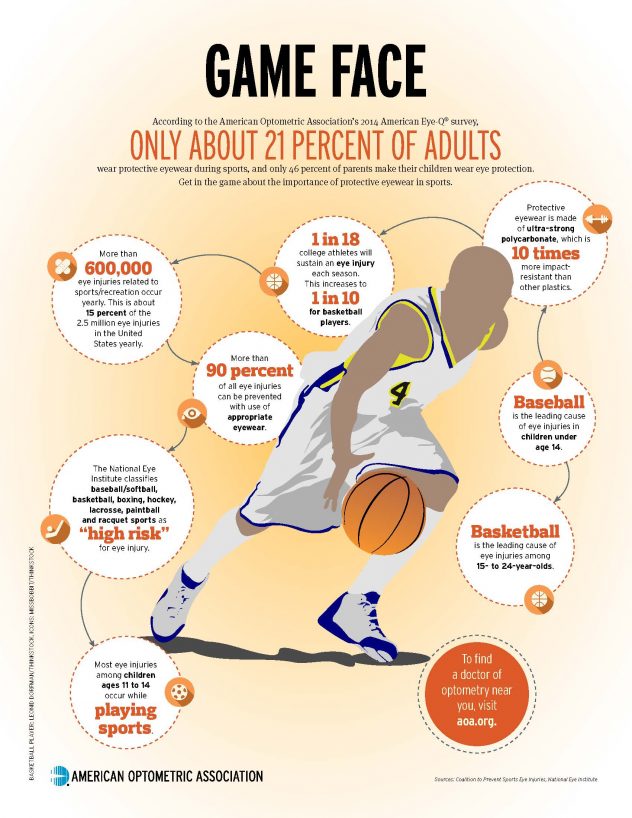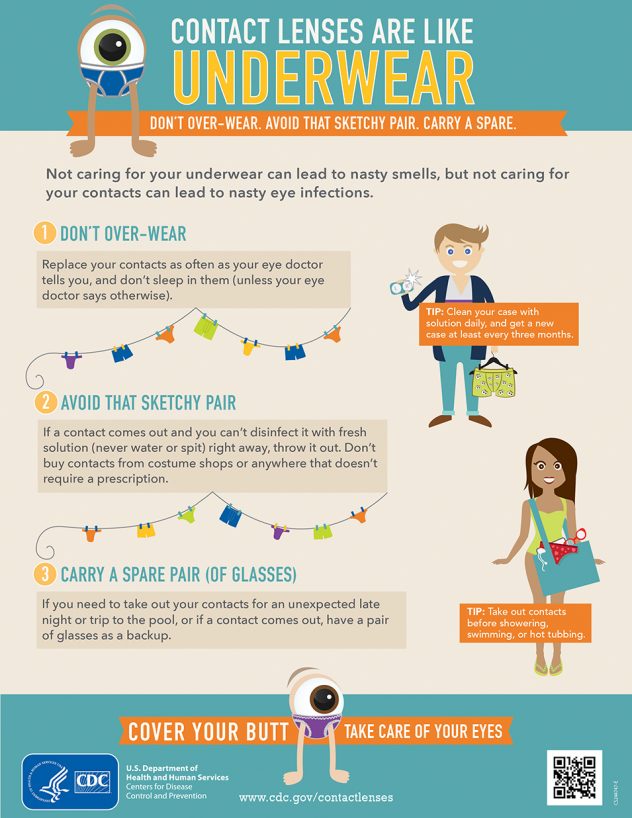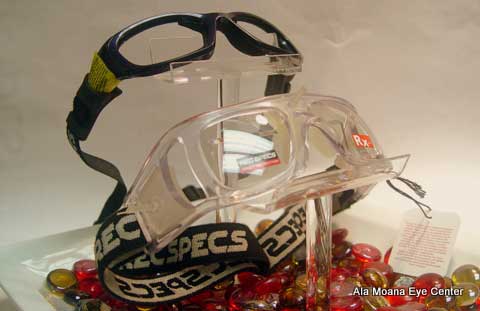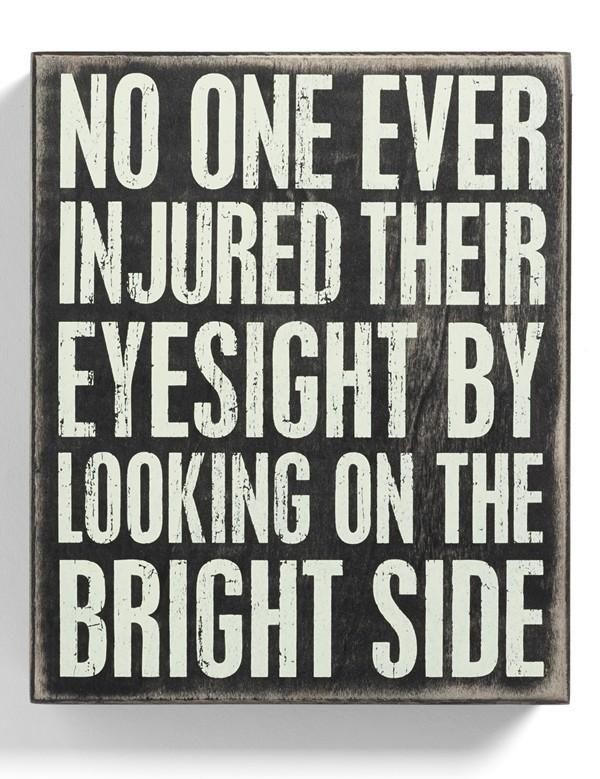 Up to 16 million Americans struggle with undiagnosed or untreated vision impairments. Make eye health and vision a priority for you and your family by scheduling an eye exam today with Dr. Tracie Inouchi or Dr. Daniel Yamamoto.
Up to 16 million Americans struggle with undiagnosed or untreated vision impairments. Make eye health and vision a priority for you and your family by scheduling an eye exam today with Dr. Tracie Inouchi or Dr. Daniel Yamamoto.
Category: Eye Injuries
Have a Safe 4th of July

July Fourth is nearly here and everyone in Honolulu is looking forward to the fireworks.
According to the U.S. Consumer Product Safety Commission, at least five fireworks-related deaths were reported in 2018. An estimated 9,100 injuries due to fireworks were treated in hospital emergency rooms, the Centers for Disease Control and Prevention say. Of those, most injuries were from firecrackers, but sparklers and bottle rockets also were to blame. More than a third (36%) of the injuries were to children 15 years of age and under. Most of the injuries involved hands and fingers, the head (including face, eyes, and ears), legs and arms.
To help prevent eye injuries during fireworks season, we recommend the following tips to help protect and preserve eyesight during the Fourth of July holiday:
- Discuss fireworks safety with children and teens prior to the Fourth of July holiday.
- Do not allow kids to handle fireworks, and never leave them unsupervised near fireworks.
- Wear protective eyewear when lighting and handling fireworks of any kind.
- Store fireworks, matches and lighters in a secure place where children won’t find them.
- Refrain from purchasing sparklers. Heating up to 2,000 degrees or hotter, sparklers are the No. 1 cause of firework injuries requiring trips to the emergency room.
- Be aware of your surroundings and only light fireworks when family, friends and children are at a safe distance.
If an eye injury occurs, immediately seek medical attention from your local doctor of optometry or the nearest emergency room, You should refrain from rubbing their eyes or applying pressure. Don’t attempt to remove any objects that may be stuck in the eye, and avoid taking pain medications such as ibuprofen or aspirin that may thin the blood.”
Happy Halloween
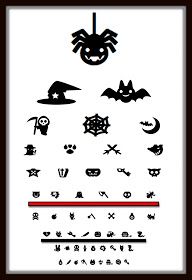
Whether you’re goblin or ghoul, vampire or witch, poor costume choices—including decorative contact lenses and flammable costumes—and face paint allergies can haunt you long after Halloween if they cause injury.
Enjoy a safe and happy Halloween by following the “lucky 13” guidelines from FDA, the Consumer Product Safety Commission, and the Centers for Disease Control and Prevention:
- Wear costumes made of fire-retardant materials; look for “flame resistant” on the label. If you make your costume, use flame-resistant fabrics such as polyester or nylon.
- Wear bright, reflective costumes or add strips of reflective tape so you’ll be more visible; make sure the costumes aren’t so long that you’re in danger of tripping.
- Wear makeup and hats rather than masks that can obscure your vision.
- Test the makeup you plan to use by putting a small amount on the arm of the person who will be wearing it a couple of days in advance. If a rash, redness, swelling, or other signs of irritation develop where the makeup was applied, that’s a sign of a possible allergy.
- Check FDA’s list of color additives to see if makeup additives are FDA approved. If they aren’t approved for their intended use, don’t use it.
- Don’t wear decorative contact lenses unless you have seen an eye care professional and gotten a proper lens fitting and instructions for using the lenses.
Safe Treats
Eating sweet treats is also a big part of the fun on Halloween. If you’re trick-or-treating, health and safety experts say you should remember these tips:
- Don’t eat candy until it has been inspected at home.
- Trick-or-treaters should eat a snack before heading out, so they won’t be tempted to nibble on treats that haven’t been inspected.
- Tell children not to accept—or eat—anything that isn’t commercially wrapped.
- Parents of very young children should remove any choking hazards such as gum, peanuts, hard candies, or small toys.
- Inspect commercially wrapped treats for signs of tampering, such as an unusual appearance or discoloration, tiny pinholes, or tears in wrappers. Throw away anything that looks suspicious.
For partygoers and party throwers, FDA recommends the following tips for two seasonal favorites:
- Look for the warning label to avoid juice that hasn’t been pasteurized or otherwise processed, especially packaged juice products that may have been made on site. When in doubt, ask! Always ask if you are unsure if a juice product is pasteurized or not. Normally, the juice found in your grocer’s frozen food case, refrigerated section, or on the shelf in boxes, bottles, or cans is pasteurized.
- Before bobbing for apples—a favorite Halloween game—reduce the amount of bacteria that might be on apples by thoroughly rinsing them under cool running water. As an added precaution, use a produce brush to remove surface dirt.
Eye Safety
FDA joins eye care professionals—including the American Academy of Ophthalmology, the American Association for Pediatric Ophthalmology and Strabismus, the Contact Lens Association of Ophthalmologists and the American Optometric Association—in discouraging consumers from using illegal decorative (colored) contact lenses. These are contact lenses that have not been approved by FDA for safety and effectiveness. Consumers should only use brand name contact lenses from well-known contact lens companies.
If you have never worn contact lenses before, Halloween should not be the first time you wear them. Experts warn that buying any kind of contact lenses—which are medical devices and regulated as such—without an examination and a prescription from an eye care professional can cause serious eye disorders and infections, which may lead to permanent vision loss. Despite the fact that it’s illegal to sell decorative contact lenses without a valid prescription, FDA says the lenses are sold on the Internet and in retail shops and salons—particularly around Halloween.
The decorative lenses make the wearer’s eyes appear to glow in the dark, create the illusion of vertical “cat eyes,” or change the wearer’s eye color.
“Although unauthorized use of decorative contact lenses is a concern year-round, Halloween is the time when people may be inclined to use them, perhaps as costume accessories,” says FDA eye expert Bernard Lepri, O.D., M.S., M.Ed.. “What troubles us is when they are bought and used without a valid prescription, without the involvement of a qualified eye care professional, or without appropriate follow-up care. This can lead to significant risks of eye injuries, including blindness.”
This article appears on FDA’s Consumer Updates page, which features the latest on all FDA-regulated products.
Game Face – Stats on eye injuries while participating in sports
- The National Eye Institute classifies baseball/softball, basketball, boxing, lacrosse, hockey, paintball and racquet sports as “high risk” for eye injury.
- More than 600,00 related to sports/recreation occur every year. This is about 15% of the 2.5 million eye injuries in the United States yearly.
- 1 in 18 college athletes will sustain an eye injury each season. This increases to 1 in 10 for basketball players.
- Basketball is the leading cause of eye injuries among 15 to 24 year old.
- Baseball is the leading cause of eye injuries in children under 14 years old.
- Most eye injuries among children ages 11 to 14 occur while playing sports.
- More than 90% of all eye injuries can be prevented with the use of protective eye wear.
- Protective eye wear is made of ultra-strong polycarbonate, which is 10 times more impact resistant than other plastics.
Contact Lenses Are Like Underwear
“Not caring for your underwear can lead to nasty smells, but not caring for your contacts can lead to nasty eye infections.”
Contact lenses are like underwear. Don’t over-wear. Avoid that sketchy pair. Carry a spare eyeglass. Cover your butt, take care of your eyes.
Parents: What You Need to Know About “Pink Eye”
Dr. Inouchi offers tips to help protect your family from eye infections
As cold and flu season continues to show its ugly face in our communities, Dr. Inouchi encourages families to practice good hygiene habits to prevent the spread of infectious disease, including conjunctivitis, also known as “pink eye,” which can be easily spread, especially this time of year.
What is conjunctivitis?
Conjunctivitis is an inflammation or infection of the conjunctiva, the thin transparent layer of tissue that lines the inner surface of the eyelid and covers the white part of the eye. Conjunctivitis is a common eye disease, especially in children, and because it is contagious, it usually starts in one eye and spreads to the other, affecting both eyes.
If your child has conjunctivitis, he or she may experience the following symptoms:
- A gritty feeling in one or both eyes
- Itching or burning sensation in one or both eyes
- Excessive tearing
- Discharge coming from one or both eyes, usually causing the eyes to be “sticky” upon awakening.
- Swollen eyelids
- Pink discoloration to the whites of one or both eyes
- Increased sensitivity to light
What causes conjunctivitis?
“Conjunctivitis is commonly caused by contagious viruses associated with the common cold,” said Dr. Inouchi. “This type of pink eye can be spread easily, especially among children in school, due to their close proximity to others. However, it’s usually a minor infection and can be treated easily. Conjunctivitis can also occur from a bacterial infection, which can happen if someone touches their eye with unclean hands or if they were using contaminated cosmetics or other facial products.”
In addition, conjunctivitis can be caused from irritants and chemicals (pollen, smoke, and chlorine in swimming pools) or allergens (pet dander or dust mites).
How is conjunctivitis treated?
“The appropriate treatment for conjunctivitis depends on its cause,” said Dr. Inouchi. “Conjunctivitis caused by a viral infection can’t be treated with antibiotics; it simply has to run its course, like with the common cold. Cool compresses, extreme care with hygiene, and artificial tear solutions are effective home remedies.”
Bacterial conjunctivitis is usually treated with antibiotic eye drops or ointments prescribed by your eye doctor. Patients could see improvement after three of four days of treatment, but the entire course of antibiotics must be taken to prevent the bacteria from mutating and the conjunctivitis from returning.
Preventing conjunctivitis
Practicing good hygiene habits, including the steps below, is the best way to control the spread of conjunctivitis:
- Cover your mouth when coughing or sneezing and do not touch or rub your eyes with your hands (coughing into the middle arm/sleeve helps to prevent spread through hands).
- Regularly disinfect surfaces such as countertops, bathroom vanities, and door handles with an appropriate antibacterial cleaner.
- Wash your hands thoroughly and frequently and try to avoid touching the eyes or mouth.
- Change your towel and washcloth daily, and don’t share them with others. If one eye is infected, don’t use the same cloth on the other eye.
- Replace liquid forms of eye makeup and wash makeup brushes with antibiotic soap products.
- Don’t use anyone else’s personal eye care items (mascara, etc.)
If you suspect your child has conjunctivitis, Dr. Inouchi can determine if he or she has the infection and advise you on treatment options. To make an appointment with Dr. Inouchi, call 808.949.2662
Proper Eyewear and Healthy Vision Crucial for Athletes’ Performance
As athletes gear up for a game, a vital component must be on their checklists—eye protection. Although extremely important, eyewear isn’t always a priority for some. According to the American Optometric Association’s (AOA) 2014 American Eye-Q® consumer survey, only 21 percent of those surveyed wear protective eyewear when playing contact sports. Athletes also need to be sure their eye health and vision are at their best—after all, a player’s vision could be the difference between their team’s win or loss.
Dr. Tracie Inouchi can recommend appropriate eye protection for athletes and ensure their vision is sharp for the game.
Liberty Optical Safety Eyeglasses
What sports are considered high-risk for eye injury?
Sports considered by the National Eye Institute to be high-risk for eye injuries include baseball, softball, basketball, hockey, and racquetball. Basketball, in particular, has been ranked as a leading cause of eye injuries among 15- to 24-year-olds.
Tips to prevent serious eye injury
To prevent injury, athletes are advised to wear eye protection that may include safety glasses and goggles, safety shields, and eye guards designed for a particular sport and that meet American Society for Testing and Materials (ASTM) standards. These types of protection are designed to be impact resistant without clouding an athlete’s vision. Dr. Inouchi can advise a patient athlete, coach, or parent on the best protection for that athlete and his or her needs.
UV protection is also important to consider, as exposure to UV radiation without proper protection can lead to serious problems.
“Short-term exposure to UV rays could lead to photokeratitis, also known as ‘sunburn of the eye,’” said Dr. Inouchi. “Symptoms of photokeratitis include red eyes, a foreign-body sensation or gritty feeling in the eyes, extreme sensitivity to light and excessive tearing. Long-term exposure to UV can cause damage to the eye, possibly resulting in cataracts, age-related macular degeneration, or other visual impairments.”
For optimal eye sun-safety, the AOA recommends wearing sunglasses that block out 99 to 100 percent of both UV-A and UV-B rays. Click here to learn more about UV protection.
Be prepared for an injury
Those on the sidelines need to keep an ocular emergency first aid kit on the bench so eye trauma can be dealt with swiftly and properly.
“A kit should include saline solution to ‘flush out’ an athlete’s eyes and a penlight with a blue filter and fluorescein dye to detect foreign bodies,” said Dr. Inouchi. “Coaches should also have an ocular emergency triage card on hand so they know when it’s time to visit the optometrist for an eye injury.”
Click here to download an ocular emergency triage card from the AOA Sports Vision Section, which works year-round to advance the quality and delivery of optometric sports vision care.
By visiting Dr. Daniel Yamamoto & Dr. Tracie Inouchi regularly for comprehensive eye care, athletes can perform their best on the court or field with clear and healthy vision, as well as be sure their eyes are protected and, hopefully, bring home a win.
To make an appointment with Dr. Daniel Yamamoto & Dr. Tracie Inouchi for a comprehensive eye exam, call 808.949.2662
Did You Know?
Did You Know?
- 80 percent learning happens through your child’s their eyes.
- Until the teenage years, a child’s crystalline lens does NOT prevent UV light from damaging the retina.
- School vision screenings may not detect all vision problems in kids.
- 1 child out of 4 does not see well in school.
- 600,000 eye injuries related to sports and recreation occur each year. Are your child’s eyes protected?

